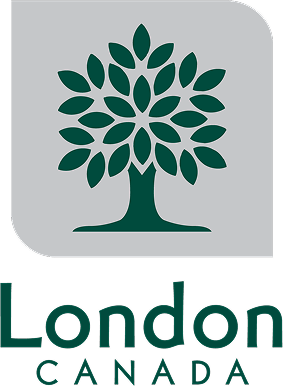About this project
The City of London is updating its Biosolids Management Master Plan to make sure our biosolids are managed in a way that is environmentally responsible, cost-effective, and ready to support a growing population.
This plan follows the Municipal Class Environmental Assessment (EA) process, which includes input from the public, local First Nations communities, agencies, and other parties. Since all areas of London are connected to wastewater treatment plants that produce biosolids, this project will impact the entire city.
What is the purpose of the plan?
The main goal of the Master Plan is to create a reliable and long-term strategy for how we treat and manage biosolids. It will cover short-term needs (within 5 years), medium-term plans (within 15 years), and long-term solutions (over the next 30 years). Some improvements may be easy to put in place right away, while others will take more time and planning.
The plan will look at different treatment options, how the biosolids might be used or disposed of, and where new facilities could be built. All options will be carefully reviewed based on their environmental impact, cost, community benefits, and how realistic they are to build. The plan will also align with the City’s climate goals, including the commitment to reduce greenhouse gas emissions.
SURVEY
CLOSED: This survey has concluded.
Virtual Public Information Centre Survey #3
Please note that all correspondence will be maintained for reference throughout the project and will become part of the project record.
Under the Municipal Freedom of Information and Protection Act (MFIPPA) and the Environmental Assessment Act (EAA), unless otherwise stated in the submission, any personal information such as name, address, telephone number and property location included in a submission will become part of the public record files for this project and will be released, if requested, to any person.




